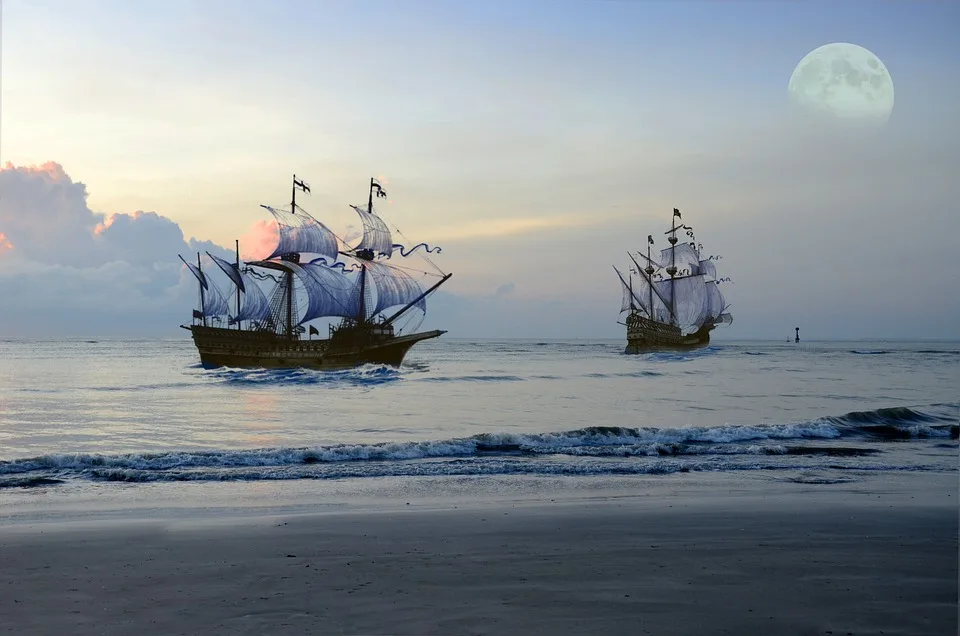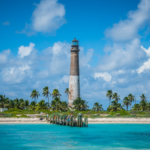Atlantic voyages have consistently been a popular subject, and you could potentially have similar inquiries about a journey across the Atlantic as countless others. How much time is required to navigate the entire Atlantic Ocean? Is it safe for a small vessel to attempt such an ocean crossing? Are transatlantic journeys susceptible to weather patterns? When would be the ideal time to embark on a transatlantic voyage? Is prior sailing experience necessary for a successful Atlantic crossing?
If these or other questions have crossed your mind, read on to find some of the much-needed answers and know what to expect from an Atlantic Crossing.
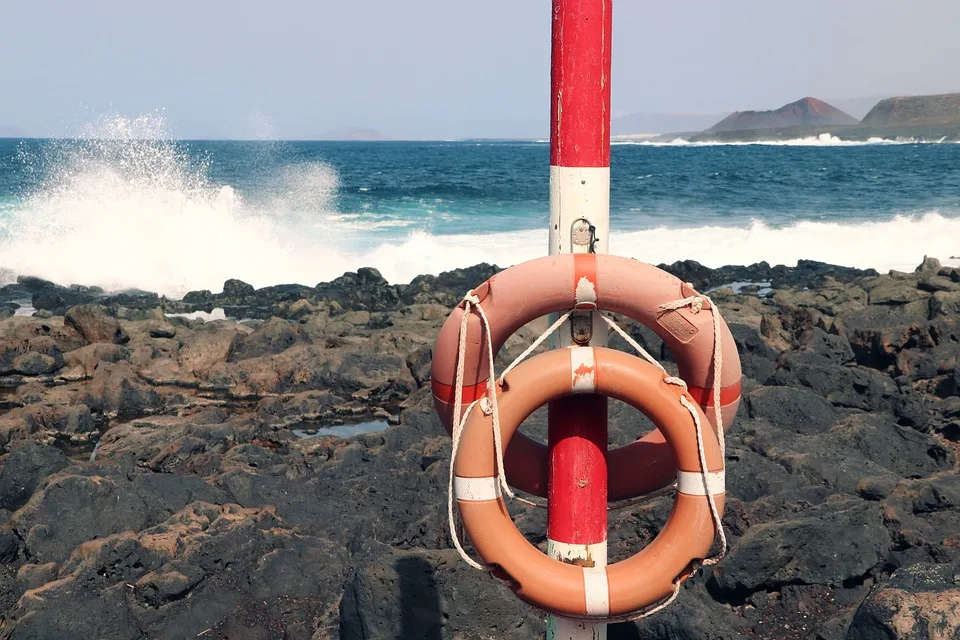
Overview of an Atlantic Crossing
An Atlantic Crossing entails sailing across approximately 3000 nautical miles of the Atlantic Ocean. Atlantic Crossings depart and arrive at various locations along the coast, but such voyages generally set sail in Florida and New York on the western end of the U.S.
When sailing from Europe, the U.K., Spain, and Portugal are suitable departure locations for a transatlantic crossing.
There are two main routes for crossing the Atlantic: The southern route (from east to west) and the northern route (from west to east).
Although both these sailing routes seem incredibly extensive, they have, in reality, been the most forgiving routes for crossing the Atlantic Ocean for centuries and were chosen based on trade winds.
Note that such a journey can only be carried out by experienced sailors, and this article in no way encourages individuals to attempt such a journey on their own.
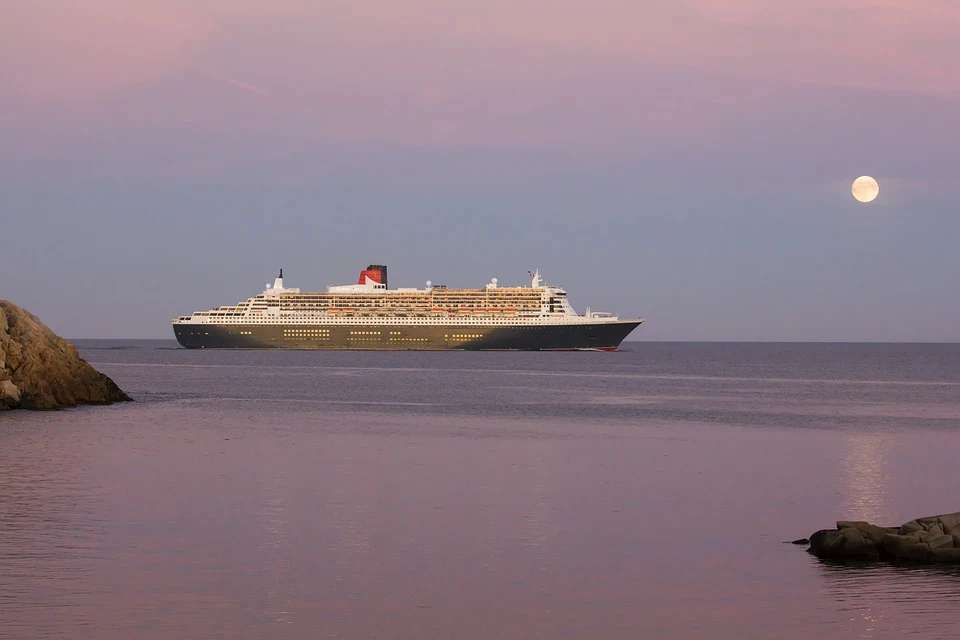
How Long Does it Take to Cross the Atlantic Ocean?
One of the primary reasons modern vessels take longer to complete an Atlantic Crossing is the incredible amount of fuel needed to cruise at high speed. As cruise ships sail closer to land, they typically increase their cruising speed.
On a Cruise Ship
Modern cruise ships take approximately six to eight days to complete an Atlantic crossing. Cruise ships sail at a speed of around 22 knots for Atlantic crossings, so not only do passengers arrive at their final destination within a relatively short time, but they also get to enjoy all the fantastic amenities offered on cruise ships.
On a Yacht
A Superyacht takes between nine days and two weeks to cross the Atlantic Ocean. A modern yacht generally sails at a slower speed than most ships, so you can expect to be at sea for two weeks on average.
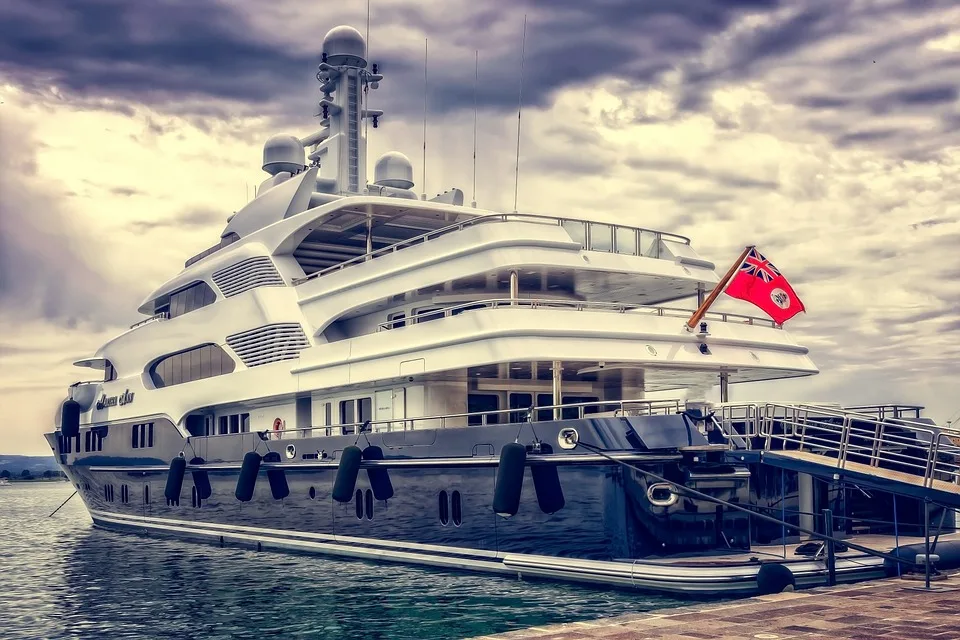
On a Sailing Vessel
Sailing yachts and vessels take around four weeks at most to sail across the Atlantic, but it depends on the weather conditions. Most sailing vessels travel at a speed of four to eight knots.
On a Commercial or Cargo Ship
Cargo and commercial ships generally take approximately ten days to three weeks to complete an Atlantic Crossing if they travel at a speed of between twelve and twenty knots. However, it is worth noting that container ships sail year-round, so they come across devastatingly bad weather, while yachts and cruise ships are focused on sailing in favorable weather conditions.
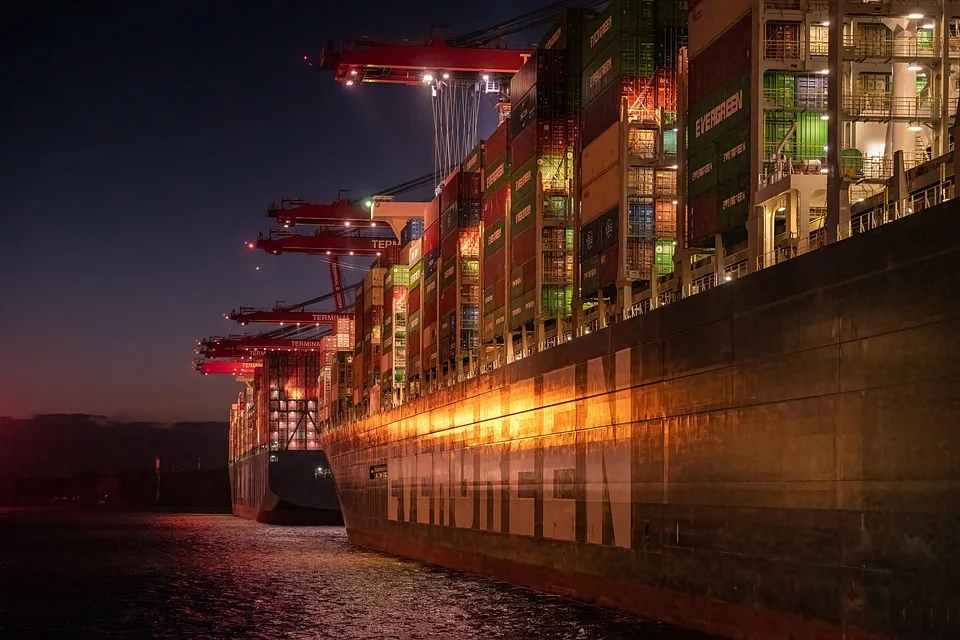
Factors That Contribute to the Time it Takes to Sail Across the Atlantic
When planning an extended ocean voyage, you would do well taking the following factors into account to ensure a safe and convenient passage plan. Below is a short overview of what mariners with ample sailing skills consider when planning an Atlantic Crossing.
Trade Winds, Westerley Winds, and High Winds
The earth’s rotation causes winds to move along the planet’s surface, which is influenced by the Coriolis Effect. These winds are also subject to deflection as they blow south and north. This movement creates Trade Winds, high winds, Westerley Winds, and zones without any winds.
Although sailboats are most affected by ocean winds, a good understanding of the concept of wind can also aid in the ease of sailing on a yacht. Comprehending how winds are carried from the western Sahara toward the Atlantic crossing by the Azores high-pressure system is how experts predict the weather in localized areas.
An Area of high atmospheric pressure is found in the center of the Atlantic basin. This area extends to Bermuda and is known as the Azores High. In tropical regions, hot air rises, and when it reaches higher altitudes, it cools off over the poles, effectively creating wind. The best departure location highly depends on the wind, as certain areas experience much better windward winds than others.

Currents
From the Gulf of Mexico, an immense ocean current moves toward Florida and follows the East Coast in the U.S. before crossing the Atlantic in the direction of Europe.
Widely referred to as the Gulf Stream, this strong current continuously changes in direction and speed during various times of the year. Ocean liners and other vessels can benefit significantly from traveling in the same direction as this current when crossing the Atlantic.
Weather Patterns
Seasonality plays a big role when deciding on appropriate departure dates for sailing across the Atlantic. Needless to say, ships should sail the southern passage when Hurricane season comes around, which is usually from the first of June until the end of November.
The North Atlantic, on the other hand, witnesses merciless seas during the winter. Maritime guides must always be examined before deciding on departure dates, but between May and November is generally the best time to sail across the Atlantic. Sudden changes in the weather must continuously be monitored while sailing to avoid any unprecedented occurrences.
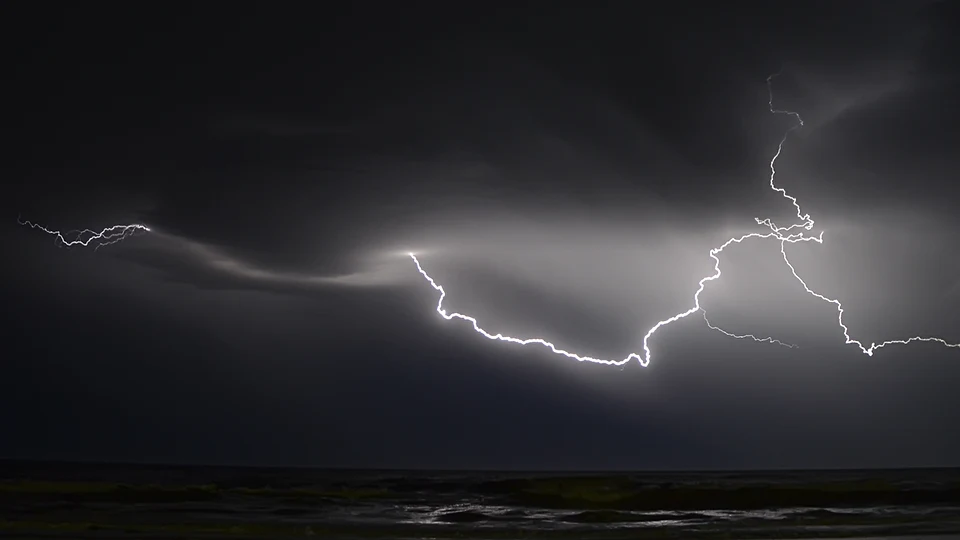
The Size of the Boat
Although records indicate that virtually any boat size can successfully sail across the Atlantic, a yacht of 30 square feet or more is the general standard for such a voyage. Smaller sailing boats can still cross the Atlantic, provided a sturdy boat is used, but it would not be without difficulty, and sailors would risk their safety.
The Distance of the Journey
An Atlantic Crossing is around 2800 to 3000 nautical miles in total distance, although a greater distance is not beyond the scope of this journey and will depend on the final destination.
Comparing the difference between Straight Line sailings and Great Circle Navigation is one way of minimizing how much fuel would be needed. The fastest path to an endpoint is a curved line drawn on a flat map, as the earth is round.
The so-called “great circle” is visible on a chart as a curved line and serves as the straightest route toward a destination. Drawing a straight line on a flat map would represent a curved route. Though baffling at first, having a good grasp on this concept could save you a great deal of travel time, and applying it becomes easier with sailing experience.
Ports of Refuge
The first and arguably most important thing any sailor must consider is how much fuel the ship or boat needs to reach its endpoint.
Moreover, it is just as crucial that every ship or boat carries enough spare parts for the journey. Most ships stop at ports in various locations along the way, such as the Canary Islands, Bermuda, Cape Verde, and the Azores.
By viewing the travel time as consisting of many parts of a whole, vessels can refuel and pick up additional supplies after setting sail to ensure safety and preparation. Although stops will eventually prolong the time it takes to cross the Atlantic, it may well be worth it.
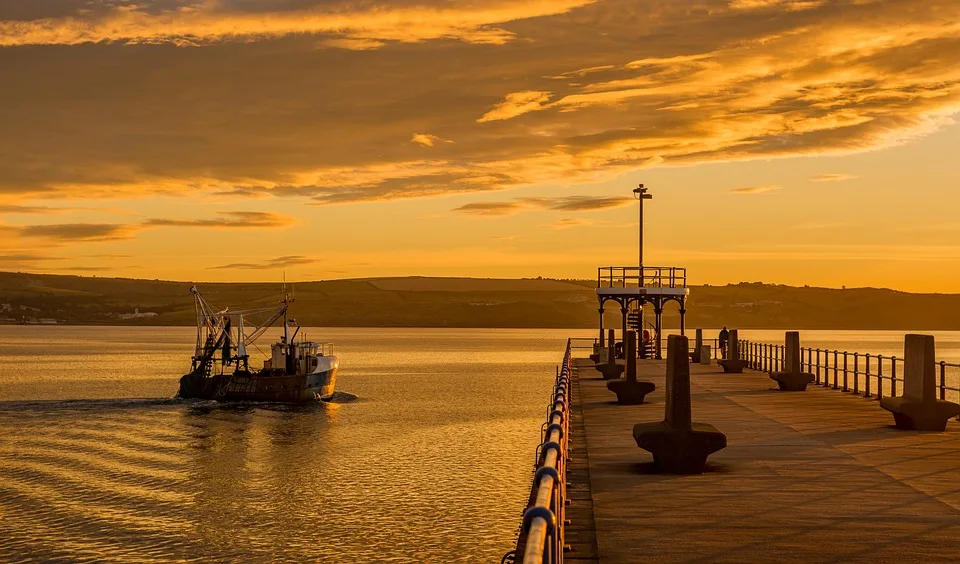
Renowned Transatlantic Cruises
Queen Mary and Queen Mary II
The modern ocean liner was first introduced in the late 1800s and featured fine dining options, luxurious staterooms, and deck areas for guests to enjoy. The U.K. and Germany served as the primary hubs for building such ocean liners that completed Atlantic crossings.
The main routes these large ships followed on this long voyage largely depended on the final destination. As one might expect, the Southern Passage was followed by ships sailing to the Southern hemisphere, whereas cruise lines with ports in the Northern hemisphere used the Northern Passage.
The British ocean liner, Queen Mary, sailed the seas from the 1930s to the late 1960s before retiring. Her maiden voyage marked the start of a new era of luxury cruising, and she even set sail as a troopship that carried Allied soldiers in the Second World War.
Queen Mary completed her fastest transatlantic crossing ever, sailing at a speed of 32 knots and arriving at Southampton within less than four days. Queen Mary II is this famous ship’s successor and is the last ocean liner still sailing the seas. The modern passenger liners we see today are, in fact, cruise liners and not ocean liners.
Queen Mary II is owned by Cunard cruise line and crosses the Atlantic Ocean in seven days, as opposed to the two weeks she took to cross the Atlantic on her maiden voyage, which departed from Southampton and arrived at Fort Lauderdale.
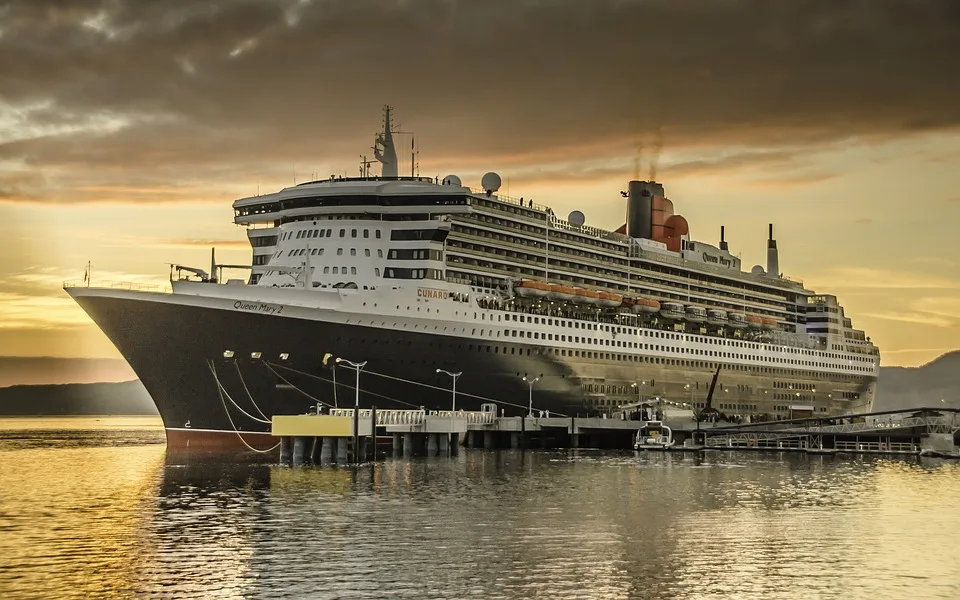
S.S. Great Western
As technology advances, the cruise industry continued testing the latest modern ships on Atlantic Crossings. A new type of ship, the steamship, entered the industry at the start of the 17th century.
The introduction of the steamship revolutionized global travel and international trade, and as these vessels didn’t rely on the wind, they were able to travel new and uncharted routes that previous ships couldn’t explore if the conditions weren’t ideal.
In 1838, the first steamship built exclusively for transatlantic crossings came to be. This ship was named the S.S. Great Western, and it was the largest ship in the world at the time of its inception. This immense ship sailed for an average of 16.5 days to complete an Atlantic crossing.
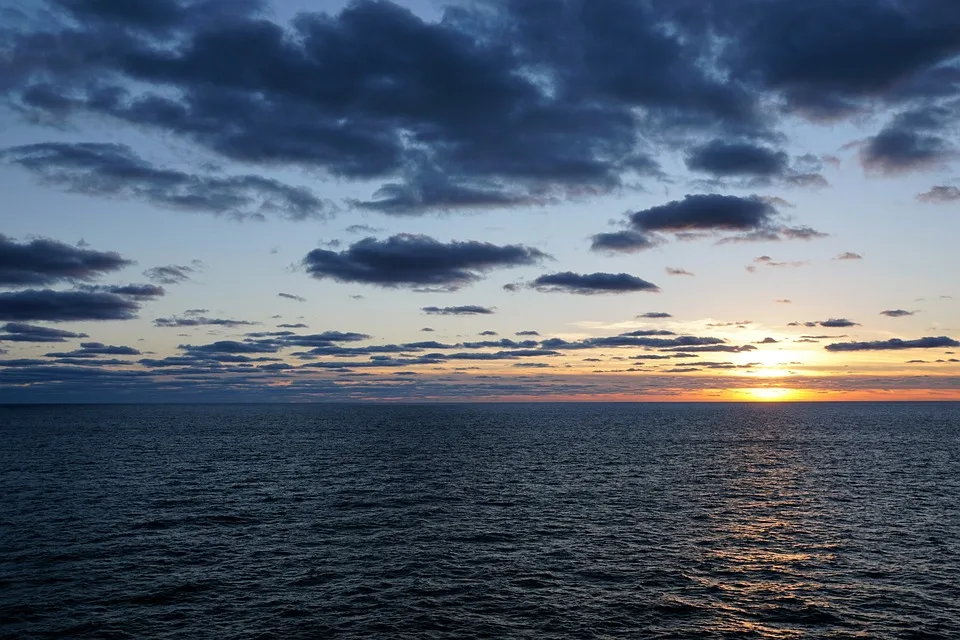
Which Cruise is Best for a Transatlantic Crossing
If you are a bargain hunter, you should consider repositioning cruises, which typically go for a lower rate and are available year-round. For a more luxurious cruise experience, Queen Mary II is a good bet, although its cruise fares are seldom on sale.
Beyond the cruise fare, another factor to consider is the duration of ocean voyages. If you are in no rush and merely want to unwind, repositioning cruises are a great option. In contrast, if time is of the essence, Cunard cruise line’s Atlantic crossing is perfect for week-long cruise vacations.
Airfare can also become a contributing factor if you don’t want to go on a roundtrip cruise.
The History of Atlantic Crossings Around the World
It is worth knowing the history of such voyages to better appreciate the time it takes to sail across the Atlantic in our day and age.
The Vikings
Although not stated in most modern history books, scientists have concluded that the Vikings were the first to complete transatlantic crossings to the New World. The Vikings reached the continent of America during the Viking Age on voyages setting sail in the Northern parts of Europe.
The latest information regarding Viking sailings proves that the Vikings arrived in Canada almost 500 years before Christopher Columbus. These sailors relied primarily on wind patterns, coastal landmarks, knowledge of the weather and the tides, an ancient form of a compass, and migration patterns of animals to find their way to the Americas.
Despite building very steady boats and making use of all the navigational aids at their disposal, the Viking ships were still significantly impacted by inclement weather. Heavy weather often forced these sailors to make port stops at various points and wait for conditions to improve. The Vikings were able to sail from Norway to Greenland in about a month and sailed an additional 160 nautical miles across the North Atlantic toward Canada. In total, a voyage from Europe to Canada took over two months to complete.

The Spanish
The renowned Christopher Columbus completed the most well-known transatlantic crossing of all time, sailing from Spain to the continent of America on a large vessel called Santa Maria, accompanied by two other ships called Pinta and Nina.
This famous explorer’s primary goal was to return to Spain with the news that a western route existed so ships could sail directly to India. The vessel set sail in Palos de la Frontera and stopped at the Canary Islands to do some repairs. Columbus sailed a total of 71 days before arriving in the Caribbean. The ships sailed a bit faster during their return trip by going through the Portuguese Azores. These islands were a haven for completing repairs and replenishing supplies, located a far distance off the Portuguese coast.
During Columbus’s second trip, he arrived at the Windward Islands in just over a month. The fleet sailed to Cape Verde via the southern route within a month on the third voyage. Before the Vikings started crossing the oceans on journeys of fewer than 2000 nautical miles, other cross-ocean voyages of much shorter distances had already occurred in less time.
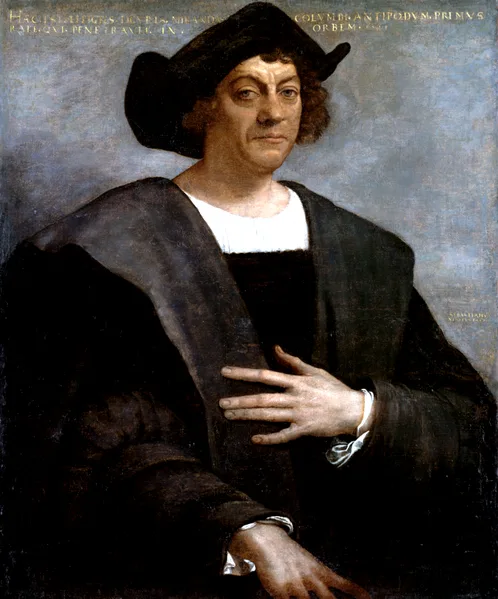
The English
Henry Hudson, a famous English explorer, completed voyages across the Arctic Circle in 1609 with the dream of discovering a northern route that connects the Atlantic Ocean and the Pacific Ocean. Despite his research and dedication, he never achieved this goal. Nevertheless, his discovery of Hudson Bay and other journeys furthered the progression of colonization by the Dutch in areas such as New York.
The Chinese
Beyond the explorers we widely hear about, it is believed that other nations also made the journey across the Atlantic. Many historians believe the Chinese sailed to South America in the 13th century. A Chinese map of the continents of North and South America was found to predate that of Christopher Columbus by almost 75 years.
The Welsh
Although not verified, there are several other accounts of early travels to the United States. In a poem by a Welsh poet called Prince Madoc of Wales, the nation sailed across the Atlantic as early as 1170. The poet stated that the right crew helped him escape from Wales when his brother took the throne.
According to this poem, the Welsh arrived in Alabama, where they lived alongside the native inhabitants. Evidence of this voyage includes Welsh forts left behind, blue-eyed and blond-haired Native American individuals, and a tale about a Welshman being freed by the Native Americans when he spoke in Welsh.
The Scottish
The legend of the Scotsman Henry Sinclair is another account of a voyage to America before Columbus. According to legend, this Earl conquered the Northern Isles and saved two of his Venetian brothers at a shipwreck.
After Sinclair heard the stories of sailors venturing across the western ocean to distant lands, he gathered volunteers and set sail to the west with the two men he saved as crew members. This story is supported by the fact that Nordic tales of the Americas were already common knowledge, and Sinclair’s fleet followed the same route as those before them.
There are various artifacts in Massachusetts that indicate the settlement of the Scottish, and a traditional tale of Nova Scotia corroborates this voyage.
